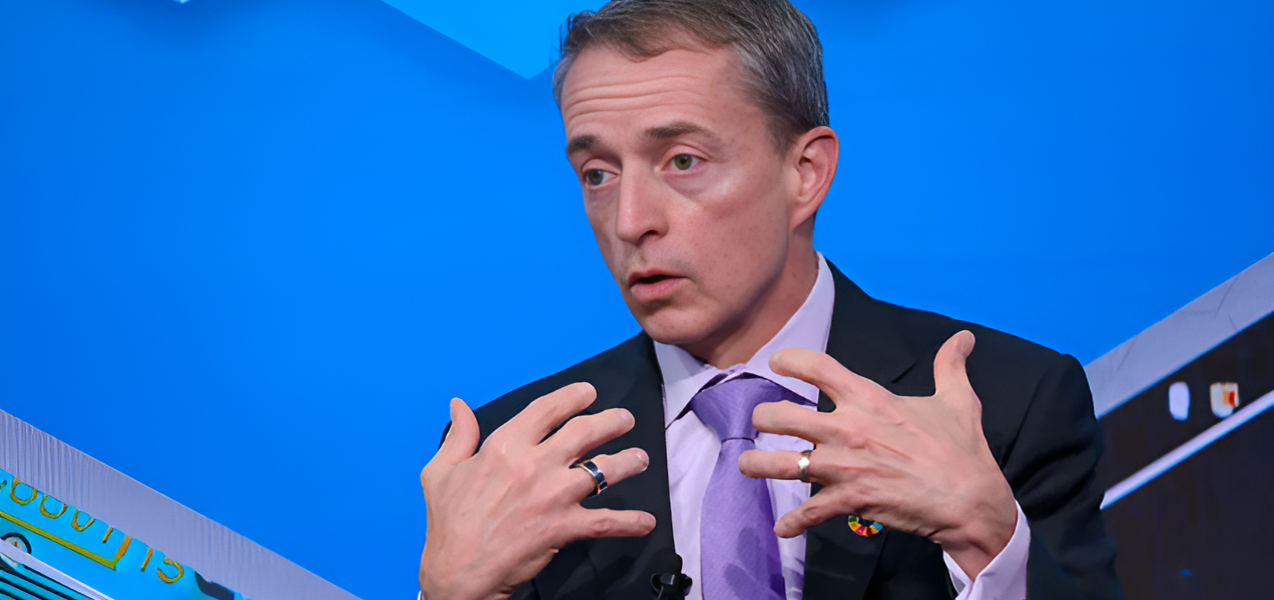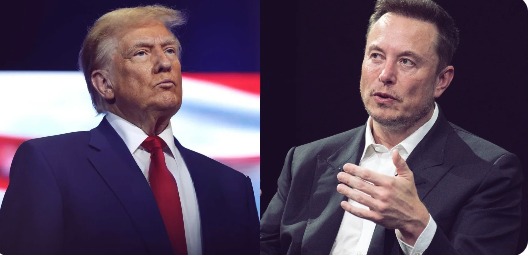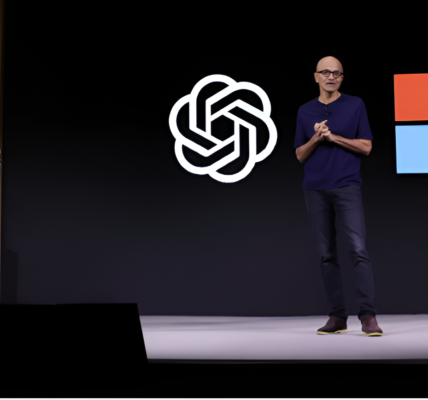
In recent months, the growing disparity between CEO compensation and employee wages has sparked a wave of investor resistance. As the average salary of a chief executive in the S&P 500 surged to $14.5 million in 2021—a 17.1% increase from the previous year—shareholders at major U.S. companies are beginning to reject lavish pay packages that further exacerbate this pay gap.
While many workers continue to grapple with the lingering effects of the COVID-19 pandemic, which caused widespread financial hardship, top executives saw substantial pay hikes. Some CEOs received as much as $200 million in a single year, primarily through stock-based compensation. However, not all CEOs were able to secure such rewards. Investors at companies like Intel and JPMorgan Chase recently voted against massive compensation proposals, with Intel CEO Pat Gelsinger’s proposed $178.6 million package and JPMorgan Chase CEO Jamie Dimon’s $52.6 million bonus both being rejected by shareholders.
These votes are part of a larger trend of increasing resistance to excessive executive pay. Since the implementation of “say-on-pay” votes in 2011, investor support for executive bonuses has steadily declined. In 2022 alone, twelve S&P 500 companies have already failed to secure majority backing for their compensation plans, signaling a shift in sentiment towards the idea that executives are receiving excessive pay, especially in times of economic hardship.
While corporate boards often defend these pay packages as necessary to retain top talent, especially during a pandemic and subsequent economic recovery, many shareholders are no longer buying the argument. The pandemic exposed the stark contrast between the protection enjoyed by CEOs and the struggles of rank-and-file workers. During a time when many employees faced layoffs and wage cuts, CEOs were often insulated from the worst impacts, fueling frustrations.
A 2021 report from the Institute for Policy Studies illustrated the extreme pay gaps between executives and their employees. Among 300 publicly traded companies with the lowest median worker pay, the average CEO earned 670 times the annual salary of the average worker. For instance, Amazon CEO Andy Jassy earned a staggering $212.7 million in 2021, equating to 6,474 times the salary of the company’s typical worker.
While the public outcry has intensified, the increase in investor pushback has not yet led to significant shifts in corporate pay structures. Though some companies may revise compensation packages or restructure their boards following poor results from say-on-pay votes, systemic change across industries remains elusive.
As workers continue to organize for better pay and benefits, and as political leaders on both sides of the aisle voice support for addressing income inequality, the conversation about excessive CEO compensation is becoming more urgent. For now, though, it remains to be seen whether the growing resistance from investors will lead to tangible change or if the status quo will persist, with CEOs continuing to collect increasingly lucrative compensation packages.
Ultimately, the debate boils down to fairness and performance. As more investors and shareholders demand better alignment between executive pay and company performance, the notion that CEO pay has become an entitlement may soon be reconsidered. For many, the idea of performance-based compensation seems more crucial than ever.





